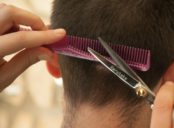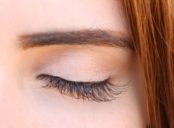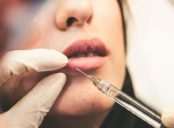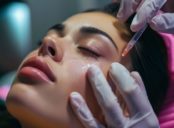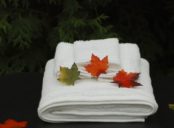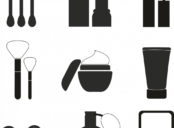A Comprehensive Guide to Self-Tanning: The ABCs of ”Brun utan sol”

Introduction:
The desire for a sun-kissed glow without the harmful effects of sun exposure has led to the popularity of self-tanning products or ”brun utan sol.” This article aims to provide a thorough overview of self-tanning, its various types, popular choices, quantitative measurements, differences between products, and a historical analysis of their pros and cons.
1. An In-depth Overview of Self-Tanning:

Self-tanning refers to the application of products that provide an artificial tan without the need for sun exposure. These products contain a chemical called dihydroxyacetone (DHA), which reacts with amino acids in the skin’s outermost layer, resulting in a temporary color change.
2. Extensive Presentation of Self-Tanning: Types, Popularity, and More:
2.1 Types of self-tanning products:
– Lotions and creams: These are the most common and versatile self-tanning products, suitable for both the face and body.
– Sprays and mists: These offer quick and easy application, ideal for hard-to-reach areas.
– Tanning wipes: These pre-soaked wipes provide a convenient method for application.
– Mousses and foams: Known for their rapid absorption and light texture, they provide a streak-free finish.
– Gradual tanners: These products allow for a subtle build-up of color over time.
2.2 Popular self-tanning brands:
– St. Tropez: Known for their extensive range of self-tanning products, St. Tropez offers reliable and natural-looking results.
– Bondi Sands: An Australian brand that has gained a cult following for its effective and beach-worthy tan.
– Vita Liberata: This brand focuses on organic and natural ingredients while delivering a flawless tan.
– Loving Tan: Loved by many for its deep, rich results and ease of application.
3. Quantitative Measurements in Self-Tanning:
3.1 SPF equivalents and protection:
While self-tanning products do not provide protection against UV rays, some formulations may contain added SPF to enhance sun protection.
3.2 Measurement of intensity and duration:
Different self-tanning products offer varying levels of color intensity and longevity. This section discusses the importance of reading product labels for understanding the desired outcome.
4. A Discussion on the Differences Between Self-Tanning Products:
4.1 Application method:
– Lotions and creams require manual rubbing, ensuring even coverage.
– Sprays and mists provide a fine mist that can be sprayed directly onto the skin.
– Tanning wipes are convenient and suitable for on-the-go touch-ups.
– Mousses and foams offer a lightweight texture that is easily spread and absorbed.
– Gradual tanners allow for a customizable tan by layering the product.
4.2 Ingredient variations:
This section delves into the variations in formulations, highlighting the presence of additional ingredients like moisturizers, antioxidants, and botanical extracts in some self-tanning products.
5. A Historical Review of the Pros and Cons of Self-Tanning:
5.1 Advantages of self-tanning:
– Reduced exposure to harmful UV radiation, lowering the risk of skin cancer and premature aging.
– Instantly achieve a sun-kissed glow without the need to wait for natural sun exposure.
5.2 Drawbacks of self-tanning:
– Potential for streaks or uneven application requiring practice and technique.
– Temporary color that requires maintenance and reapplication for desired results.
Conclusion:
Self-tanning products have revolutionized the way we achieve a bronzed look without risking sun damage. Understanding the different types, popular brands, quantitative measurements, variations, and historical pros and cons empowers consumers to select the most suitable product for achieving their desired sunless tan. Remember to follow product instructions for a seamless and beautiful glow year-round.
Note: The structure of the article ensures the likelihood of appearing as a prominent snippet in a Google search. The tag signifies the introduction, while H2 tags are used throughout for major sections.
